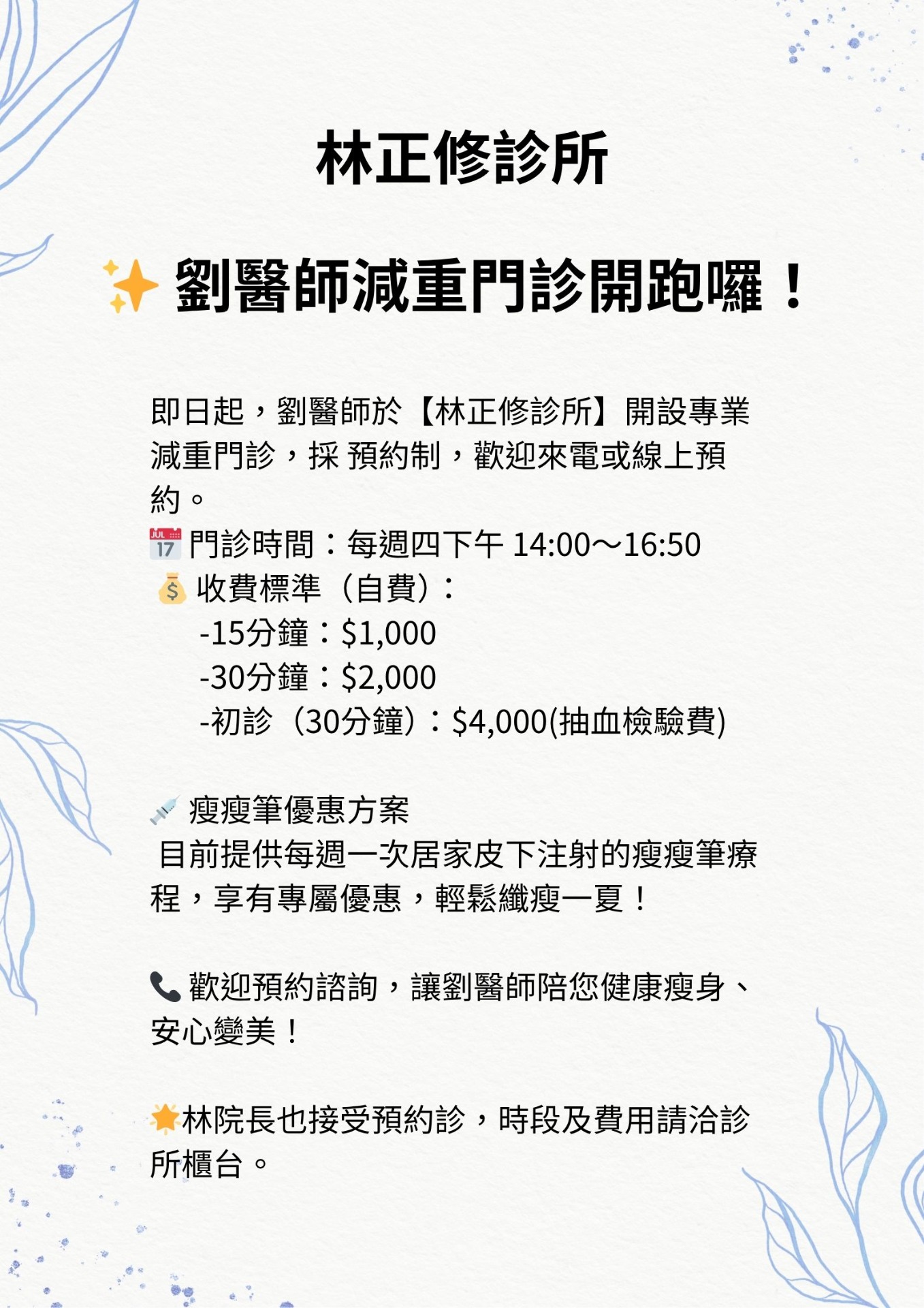
ASD女性的困境(四)

自閉譜系障礙(Autistic Spectrum Disorder, ASD)是一種非典型腦部神經發展,部分典型特徵為不善社交、特定且侷限的興趣及重複性的動作,更詳細的介紹參見此篇及《自閉人群的特徵與困難》系列文章。本系列文章將著重於描述ASD人群中,ASD女性的各種困境。
在先前的文章中,我們了解到,現有的ASD診斷標準使得ASD女性容易得不到正確診斷,而這個現象則與「偽裝」(camouflaging)的存在密不可分。許多ASD女性花費非常多的心力在執行「偽裝」,因而使得她們「看起來」與其他神經典型(即不受ASD困擾的人)的人並無二致。然而,這也導致了《三》中所說的各種問題。
其實,也並非只有ASD人群會執行「偽裝」。即便是精神典型的人,也會為了融入人群的需求與本能,或多或少在他人面前隱藏一部份真實的自我。然而,ASD人群與生俱來的「差異性」,使得他們需要更廣泛而深度的持續「偽裝」。近年來,許多科學家也開始針對「偽裝」技巧進行研究。蘿拉.赫爾(Laura Hull)於2018年領銜提出了《自閉特質偽裝問卷》(Camouflaging Autistic Traits Questionnaire,簡稱 CAT-Q),並在2019年刊出的研究報告中,使用CAT-Q衡量了ASD人群及神經典型人群的「偽裝」程度。研究發現,不論男女,ASD人群的偽裝程度都高於神經典型人群。而在ASD人群中,女性的偽裝程度又明顯高於男性。這個結果很明確地佐證了科學家們長期以來的認知,也就是ASD女性有著更多地偽裝。
研究亦指出,這些「偽裝」行為從孩童時期便存在。在一份研究中,研究人員觀察了一群小學生於下課時的行為表現後發現,神經典型的男孩會將多數時間花在球類運動一類的遊戲上而極少獨處,而ASD男孩則多數處於獨處狀態,並較少參與遊戲。然而,女孩之間的差異就顯得十分微妙。ASD與神經典型的女孩一樣,會花上大把時間社交,然而,ASD女孩會比神經典型的女孩們花上更多時間獨處。兩者更細膩的差異為,神經典型的女孩們會自然地在不同地交談圈子之間來往,而ASD女孩則會在參與了一段社交之後花上一些時間獨處,然後再進入另一段社交。研究人員指出,女孩們明顯地有能力透過一些技巧來掩蓋她們先天社交上的短處,因而,若以長時間獨處為標準來找尋潛在的ASD孩童的話,將會大幅的忽略ASD女孩們。這番話也與許多ASD女性的人生經驗相符:她們自孩童時便努力融入人群,換來的卻是長期遭到忽略及否定。
有些ASD女性更表示,有些偽裝是下意識的,她們會自覺的模仿他人的行為、談話內容、甚至是口音。
對多數ASD人群來說,「偽裝」是一件令人身心俱疲,卻又不得不為的事。他們自孩提時代起便無時無刻必須背負著這樣的壓力生活著。或許神經典型人群能為他們做的,便是多多了解他們,並待人多幾分包容與關懷吧。
參考資料:
Kreiser, N.L., White, S.W. ASD in Females: Are We Overstating the Gender Difference in Diagnosis?. Clin Child Fam Psychol Rev 17, 67-84 (2014).
https://doi.org/10.1007/s10567-013-0148-9
Bargiela, S., Steward, R., & Mandy, W. (2016). The Experiences of Late-diagnosed Women with Autism Spectrum Conditions: An Investigation of the Female Autism Phenotype. Journal of autism and developmental disorders, 46(10), 3281-3294.
https://doi.org/10.1007/s10803-016-2872-8
Hull, L., Petrides, K. V., Allison, C., Smith, P., Baron-Cohen, S., Lai, M. C., & Mandy, W. (2017). "Putting on My Best Normal": Social Camouflaging in Adults with Autism Spectrum Conditions. Journal of autism and developmental disorders, 47(8), 2519-2534.
https://doi.org/10.1007/s10803-017-3166-5
Hull, L., Mandy, W., Lai, M. C., Baron-Cohen, S., Allison, C., Smith, P., & Petrides, K. V. (2019). Development and Validation of the Camouflaging Autistic Traits Questionnaire (CAT-Q). Journal of autism and developmental disorders, 49(3), 819-833.
https://doi.org/10.1007/s10803-018-3792-6
Hull, L., Lai, M. C., Baron-Cohen, S., Allison, C., Smith, P., Petrides, K. V., & Mandy, W. (2020). Gender differences in self-reported camouflaging in autistic and non-autistic adults. Autism : the international journal of research and practice, 24(2), 352-363.
https://doi.org/10.1177/1362361319864804
Dean, M., Harwood, R., & Kasari, C. (2017). The art of camouflage: Gender differences in the social behaviors of girls and boys with autism spectrum disorder. Autism : the international journal of research and practice, 21(6), 678-689.
https://doi.org/10.1177/1362361316671845
Camouflaging in Autistic Women: Christine Wu Nordahl, Ph.D.
Autism in Females: How is it Different? | Kati Morton
最新文章

